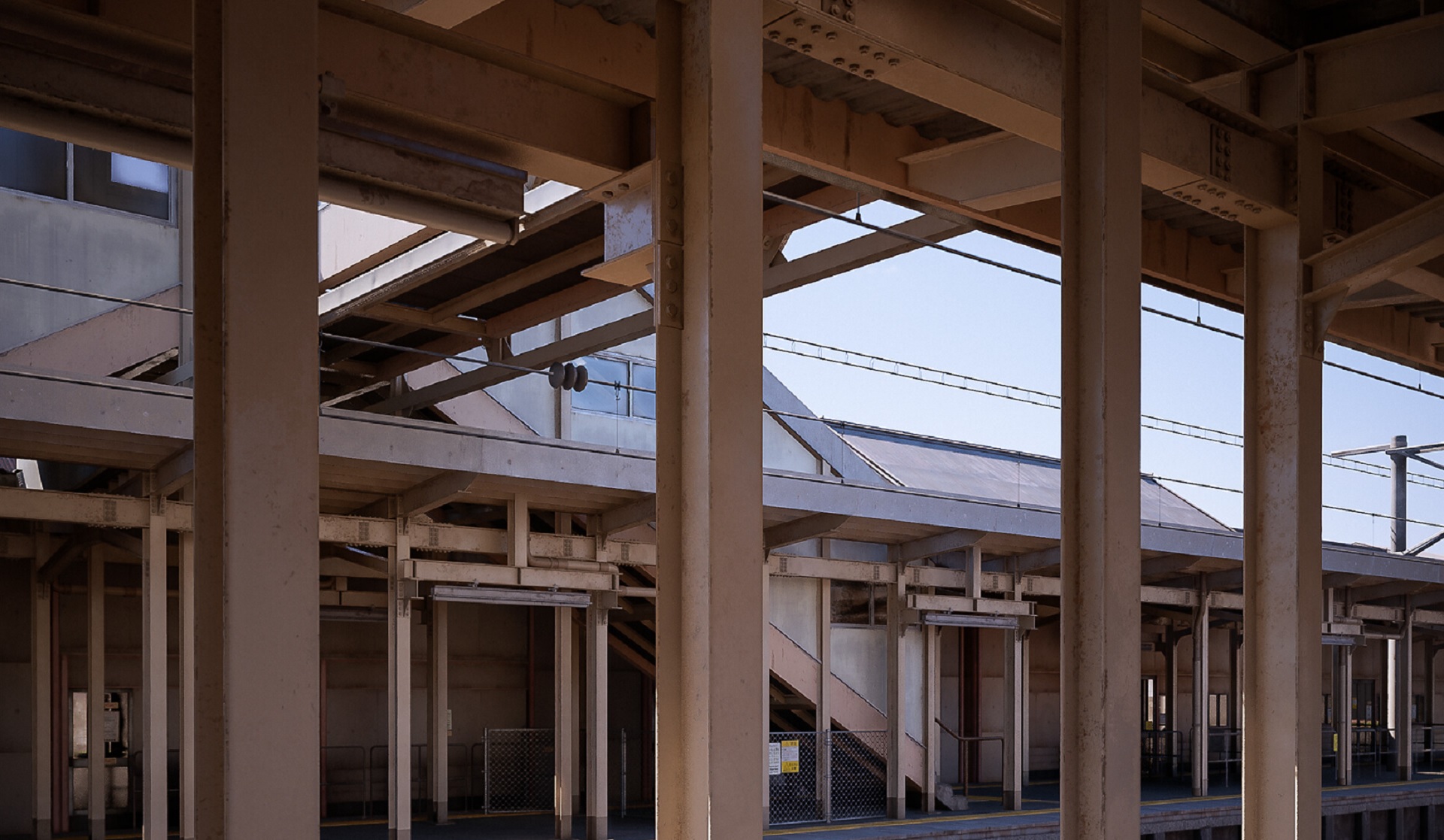We honestly can't tell if this Unreal Engine 5 demo of a Japanese train station is real
Environment and prop artist Lorenzo Drago has created maybe the most convincing Unreal Engine 5 environmental demo yet: a short walk through a Japanese train station.
Drago, known as subjectn online, uploaded a video of the demo last week, and it recently resurfaced after going viral on Japanese social media. As they explained in their YouTube video description, this environment is based on a real train station in Toyama, Japan – and at first glance, and indeed at second and third glance, it looks like a real train station.
We've seen a lot of impressive demos since the launch of Unreal Engine 5, which used the popular Matrix cityscape as its big showcase. Fans and artists have recreated Portal, Spider-Man, and Superman – all cool in their own right. But Drago's train station is probably the hardest to distinguish from reality, in part because it's such a small and familiar place. Hell, it's arguably more believable than that absurdly detailed retro-future apartment from Hellblade dev Ninja Theory.

It's always the little details that make these demos, and this whole dang station is little details. Look at the tiny imperfections in the concrete and sheet metal, the wear and tear around the rivets and bends in the beams, the nicks disrupting the reflections on the hall's wooden interior. The way the showcase was filmed – with real-time VR tracking emulating a handheld camera and flashlight – adds a lot to the presentation, too. It is absolutely uncanny, so we reached out to Drago to talk about how it was made.
This environment took about a month to build, Drago explained to GamesRadar, including the time for reference gathering. He says he didn't choose this station for any special reason; he just stumbled across it while looking for references and loved "the atmosphere of a countryside Japanese train station." That's right: this might look like straight-up photogrammetry, but Drago hasn't actually been to this train station, nor did he have anyone on-site send him fresh photos.
"Being compared to photogrammetry is a great compliment, but no, I just tried to replicate the references as closely as possible in Substance Painter," he says. "I think compared to my older projects I was finally able to level up my material and texture work. It was almost an experiment, so I'm happy I was able to get to this level of realism."
富山県にある越中大門駅を海外有志が最新ゲームエンジン「Unreal Engine 5」で再現。実写にしか見えないんだけど・・ pic.twitter.com/QFAekoqKgaMay 9, 2022
Drago says it was a pleasant surprise to see the video blow up on Japanese Twitter and other platforms. "A lot of people on Japanese social media were surprised at my choice of this station," he says.
Weekly digests, tales from the communities you love, and more
I genuinely struggled to find any imperfections in this demo the first time I watched it, especially for the first minute or so. It's easier to believe that it's footage of a real place edited to look slightly less real. Part of me still can't let go of that theory. Only after poring over it did I spot minor tells like the rock texture under the train tracks or some misaligned tiles in the floor. The night portions also have kind of a Silent Hill vibe to them, but under any level of scrutiny, this demo genuinely looks like a live-action video shot in Japan. It's not super video game-y, as some Unreal Engine 5 demos tend to be.
"I think part of that is that games might alter proportions to make objects more readable or to make navigation easier," Drago observes. "For this project, I was able to stick close to real-life proportions for everything. There's also the fact that, since this is rendered at a high resolution, a lot of common artifacts aren't as noticeable."
We also asked Drago about his early experience working in Unreal Engine 5. What's most exciting about the new engine and its supporting tools, and what represents the biggest leap forward?
"From a developer's point of view, I love how Lumen makes it extremely easy to iterate and make lighting changes quickly," he explained. "Being able to quickly test different lighting setups without waiting for lightmaps to bake is very useful. Nanite also speeds up model creation, though I haven't experimented with it as much."
That's maybe the wildest thing here: Unreal Engine 5 is extremely new, yet we're already getting photorealistic works like this. It boggles the mind to think what artists like Drago will be doing in a year or two.
The devs behind The Witcher 4 – or whatever it ends up being called – recently explained why they're using Unreal Engine 5 for the next game in the series.

Austin has been a game journalist for 12 years, having freelanced for the likes of PC Gamer, Eurogamer, IGN, Sports Illustrated, and more while finishing his journalism degree. He's been with GamesRadar+ since 2019. They've yet to realize his position is a cover for his career-spanning Destiny column, and he's kept the ruse going with a lot of news and the occasional feature, all while playing as many roguelikes as possible.


